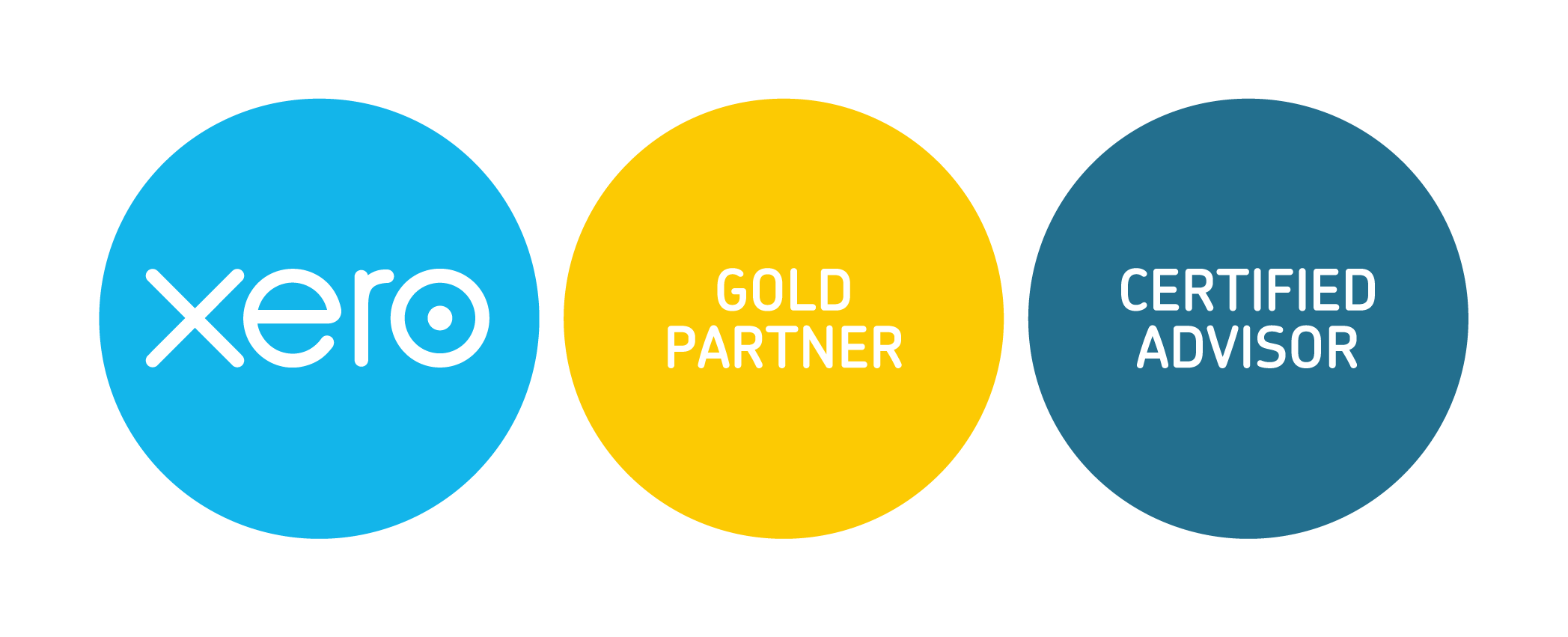
We're expecting uptake on the scheme to be high, with almost 70% of UK businesses applying for the Coronavirus Job Retention Scheme.
Date posted: 2020-04-29
Over the last few weeks, we’ve had some trying times in business. In the midst of the COVID-19 pandemic, running a business has changed dramatically. Some of you will be coping just fine. Others will find it almost impossible to continue.
We have a wide range of clients across different sectors. Some industry sectors have been affected more than others. We’ve all been told to work from home if possible. If that’s not possible, businesses can continue to operate provided they observe social distancing rules.
The leisure, sport and tourism industry has been forced to close completely. As have some non-essential retail outlets.
So how do we pay our employees? What happens to them while our businesses are closed?
What does furloughing mean?
Until recently “furlough” was not a commonly used term.
The government has launched a Job Retention Scheme as part of the measures to support businesses through the Covid-19 pandemic. This means putting your staff on “furlough”.
You will be able to claim back 80% of your staff’s monthly wages (up to a maximum of £2500) in the form of a grant. The grant will also cover their Employers NI and minimum pension contribution for this period. You can top this up to 100% if you’re able to, and you’re staff will be off with full pay.
This Job Retention Scheme is open to all businesses that have been affected by the Coronavirus pandemic. If you can’t afford to pay your staff, you will most likely be eligible. Any employee can be furloughed, as long as they were on your payroll on or before 19th March 2020.
Each staff member can be furloughed for a minimum of three weeks, and you can furlough/unfurlough employees as many times as you want. This has actually lead to some companies rotating which team members are on furlough on a three-week basis.
You can back-date your furlough grant to 1st March 2020 and the scheme is currently running until the end of June.
Please note – during a period of furlough an employee MUST NOT work. Directors can be furloughed and can carry out statutory duties only.
What are the alternatives?
If your staff can’t work from home and you can’t work with social distancing in place, there’s not much you can do. We know it’s hard, and we hope things will get back to normal soon.
Really, if you can’t afford to pay your staff because of the current economic climate, you have three options:
- Furloughing. Everybody remains employed, paid a proportion of their current salary, but cannot work during the time period.
- Making staff redundant. This means people losing their jobs. You won’t have to pay them, but you will (hopefully) need to recruit new members of staff when the Covid-19 crisis is over.
- Offering them a reduced salary or reduced hours. This might be an option for some – but you’ll have to get your employee’s to agree!
Your employees will need to agree to be furloughed. We’ve sent out draft letters for our payroll clients to use for furloughing members of staff.
The normal rules for sick pay, maternity/paternity leave, shared parental leave and adoption leave still apply. If you have any questions about these, we have an expert in HR and payroll that you can speak to.
So what happens next if I want to furlough staff?
The HMRC portal for the Job Retention Scheme is now open. You’ll need to submit your furloughed employees details as soon as possible.
Our payroll team are busy working our way through our usual payrolls, re-calculating payslips and submitting employee details into the government portal. We still need to process your payroll as normal, whether you’ve furloughed employees or not.
If you have any questions about the Coronavirus Job Retention Scheme, don’t hesitate to get in touch.

